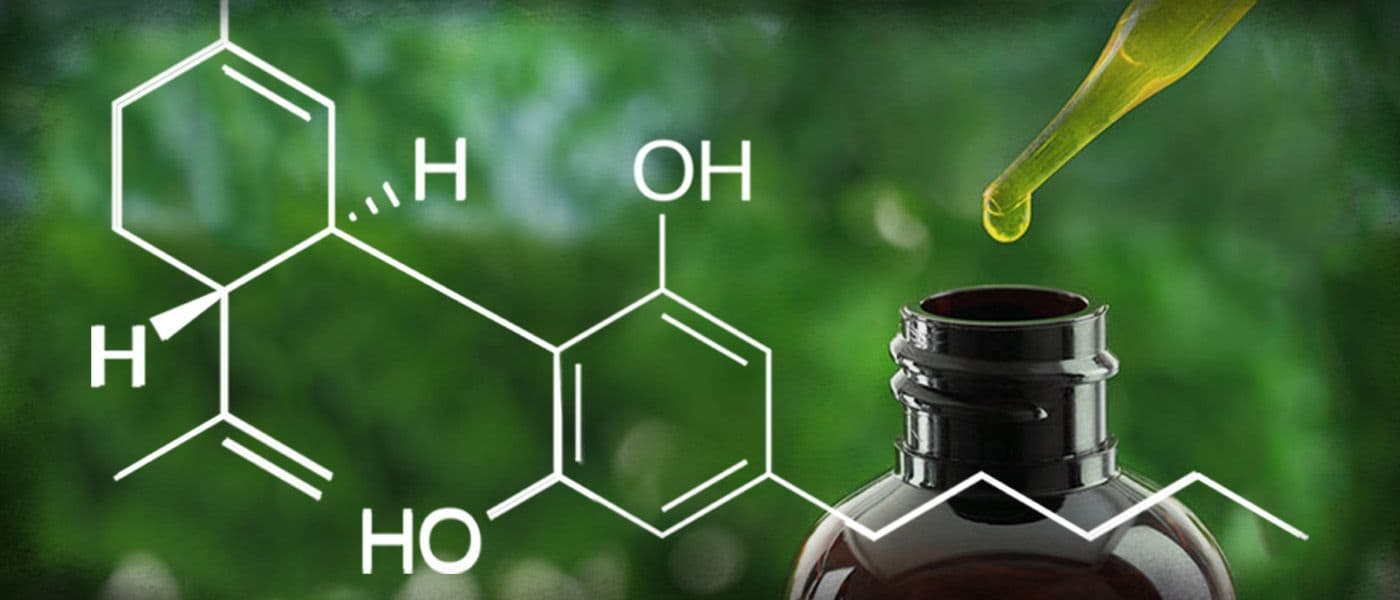Other substances bind to cannabinoid receptors, but aren’t included in these common groups. The Expression: The word cannabinoids arises from the unique group of extra metabolites positioned in the marijuana plant. These trigger the unique pharmacological ramifications of the plant. You will find 3 major forms of cannibinoids today namely endogenous cannabinoids, phytocannabinoids and manufactured cannabinoids. Endogenous cannabinoids are produced inside the body of creatures and human beings. Phytocannabinoids exist in the cannabis plant. Artificial cannabinoids are related ingredients created inside laboratories.

Concerning the Receptors: Cannibinoids was previously thought of as capable of making their very own behavioral and bodily outcomes through nonspecific activities with mobile filters, rather than just relating with specific receptors. The first cannabinoid receptors were found throughout the 1980’s. The receptors exist in creatures like mammals, chickens and reptiles. Both identified types are called CB1 and CB2.
Form 1 and 2: Cannabinoid receptor form 1 or CB1 are found mostly inside the brain, exclusively in the hippocampus, basal ganglia and limbic system. They are located in the cerebellum and inside both the male and woman reproductive systems. You can find less risks involving cardiac or respiratory failure due to the receptors’absence in the medulla oblongata. The anticonvulsive results and euphoric actions of pot are considered to be brought about by CB1 receptors.
CB2 receptors are very nearly only located in the resistant system. Majority of the thickness is in the spleen. They are generally situated just in the peripheral worried system. These appear to trigger the healing and anti-inflammatory activities of cannabis. About Phytocannabinoids, BUY CBD OIL Endocannabinoids and Artificial Ingredients: Phytocannabinoids aren’t fully soluble in water. These are soluble, but, in non-polar natural solvents, alcohols and lipids. Phenolate salts which are water-soluble may be shaped when on powerful alkaline conditions.
Endocannabinoids are produced inside the human body and trigger the receptors. Scientists began to find the receptor’s endogenous ligand following the initial receptor was discovered. New materials aren’t related to organic cannabinoids. Synthetic cannabinoids can be quite helpful in checks to find out more about the communication between the game of the cannabinoid materials and the structure. Molecules of cannabinoids are modified and systematized to learn more about the different relationships
The Results: Neurotransmission may be restricted by cannabinoids. The effects of the medications may change with respect to the location. The functions of each influenced head region may change depending on the dosage and extent. A number of the improvements that the taker may experience include lack of generator coordination and get a handle on, psychological changes, changes in storage and cognitive functions, analgesia, nausea and vomiting. A few of the clinical effects of the drugs contain anti-emetic consequences, comfort of muscle spasms, pain relief, epilepsy, glaucoma, motion disorder and appetite enhancement. The FDA or Food and Medicine Administration grants of Dronabinol, a manufactured cannabinoid.
Wayne Duke’s Phytochemical and Ethnobotanical Sources number nearly 200 identified ingredients that have been separated from Theobroma cacao. The majority of them are fats, with a smattering of alkaloids, polyphenols, and starch. About the alkaloids, urban myths claim that cocoa either has a lot of caffeine or nothing at all. In fact, it features a bit equivalent to what you might find in decaffeinated coffee. The main stimulant alkaloid is actually a material called theobromine, which has a much milder effect than does their compatriot, caffeine.
If you had been to have a spoonful of this seed dust (think baker’s unsweetened candy powder), you would gag. That’s why early Meso-Americans reduce it with maize and flavored it with chili, vanilla, and honey. Wouldn’t you? That awful sour quality of fresh cacao can also be behind fundamental American dishes for candy, once cocoa appeared from the Old World. In Europe is wherever it turned a confection that everyone understands and loves – i.e., cocoa with milk and sugar added, to make chocolate.